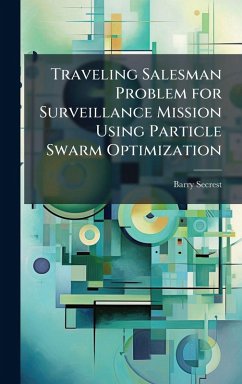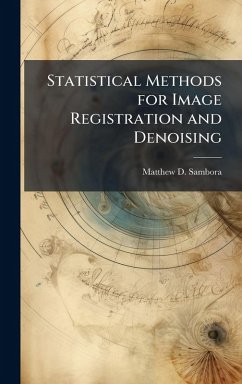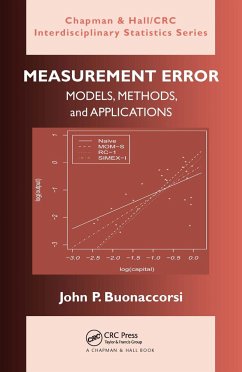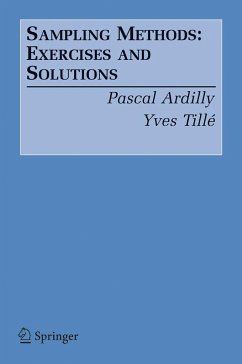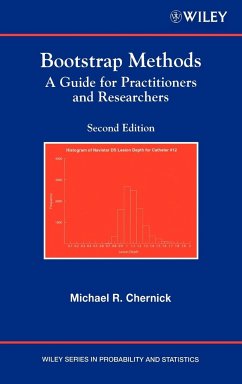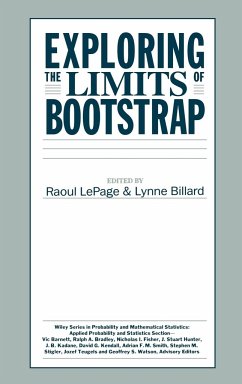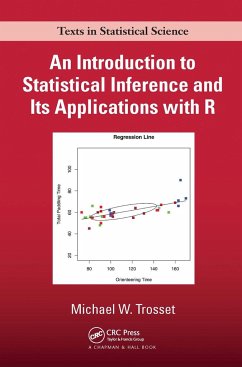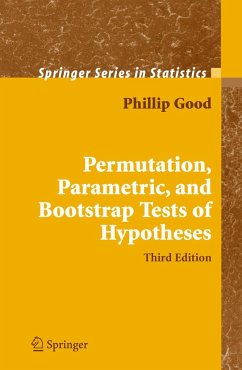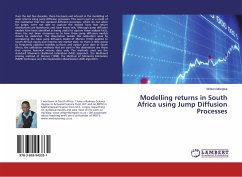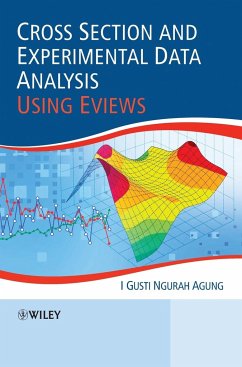
Cross-Resolution Combat Model Calibration Using Bootstrap Sampling
Versandkostenfrei!
Versandfertig in über 4 Wochen
29,99 €
inkl. MwSt.
Weitere Ausgaben:

PAYBACK Punkte
15 °P sammeln!
The US Air Force uses many combat simulation models to assist them in performing combat analyses. BRAWLER is a high-resolution air-to-air combat simulation model used for engagement-level analyses of few-on-few air combat. THUNDER is a low-resolution combat simulation model used for campaign-level analyses of theater-level warfare. BRAWLER is frequently used to ensure that THUNDER air-to-air inputs are valid. This thesis describes the confederation of THUNDER and BRAWLER by clearly showing how one particular BRAWLER output, the effectiveness of a missile type, is transformed into THUNDER air-t...
The US Air Force uses many combat simulation models to assist them in performing combat analyses. BRAWLER is a high-resolution air-to-air combat simulation model used for engagement-level analyses of few-on-few air combat. THUNDER is a low-resolution combat simulation model used for campaign-level analyses of theater-level warfare. BRAWLER is frequently used to ensure that THUNDER air-to-air inputs are valid. This thesis describes the confederation of THUNDER and BRAWLER by clearly showing how one particular BRAWLER output, the effectiveness of a missile type, is transformed into THUNDER air-to-air input data. Since BRAWLER is a stochastic simulation model, it is necessary to replicate a number of BRAWLER simulation runs in order to obtain a sufficiently accurate estimate of the mean missile effectiveness, a number that varies for each different BRAWLER combat scenario. This thesis focuses on using two different sequential methods to determine when the minimum number of BRAWLER runs has been performed to obtain a specified relative precision. One method uses classical statistical analysis techniques, while the other uses the more modern technique of bootstrap resampling. The performance of these two methods is compared. This work has been selected by scholars as being culturally important, and is part of the knowledge base of civilization as we know it. This work was reproduced from the original artifact, and remains as true to the original work as possible. Therefore, you will see the original copyright references, library stamps (as most of these works have been housed in our most important libraries around the world), and other notations in the work. This work is in the public domain in the United States of America, and possibly other nations. Within the United States, you may freely copy and distribute this work, as no entity (individual or corporate) has a copyright on the body of the work. As a reproduction of a historical artifact, this work may contain missing or blurred pages, poor pictures, errant marks, etc. Scholars believe, and we concur, that this work is important enough to be preserved, reproduced, and made generally available to the public. We appreciate your support of the preservation process, and thank you for being an important part of keeping this knowledge alive and relevant.



